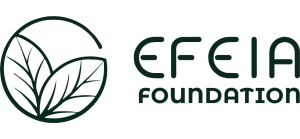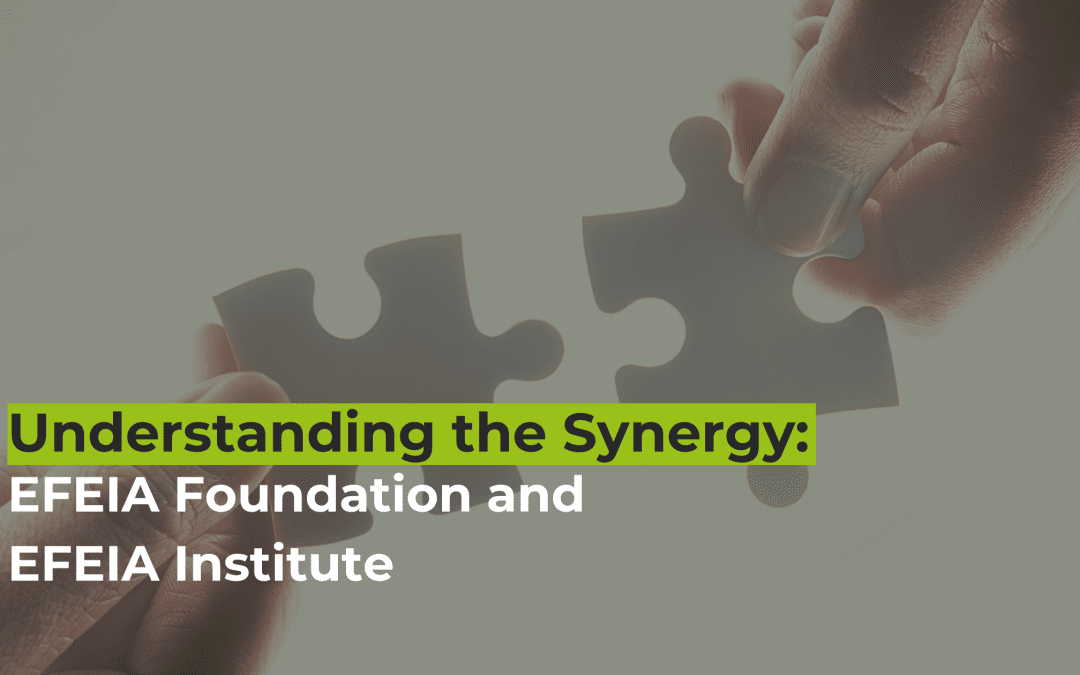In the growing conversation around electromagnetic pollution and its effects on human health and the environment, two organizations stand at the forefront of research, education, and solutions: the EFEIA Foundation and the EFEIA Institute.
While sharing a common mission of promoting electromagnetically healthy environments, these two bodies serve complementary but distinct functions in addressing the challenges of our increasingly electrified world.
EFEIA Foundation: Setting the Vision and Standards
The Electropollution Free Environment International Accreditation (EFEIA) Foundation functions as the global orchestrator of the movement toward electromagnetic hygiene. As a global organization, the Foundation is dedicated to promoting environments that support human well-being and environmental sustainability by reducing exposure to electromagnetic pollution.
The Foundation’s primary responsibilities include:
- Establishing Standards: Developing science-backed criteria for electromagnetic safety that form the basis of the accreditation process.
- Policy Development: Creating frameworks and guidelines that inform regulatory approaches to electromagnetic pollution.
- Global Initiatives: Leading key projects including the EHS Global Census, Apiary Protection Project, and education campaigns about youth exposure.
- Research Direction: Identifying research priorities and supporting scientific investigations into EMF effects.
- Public Advocacy: Raising awareness about electromagnetic pollution and promoting safer practices among the general public.
The Foundation’s work is grounded in extensive scientific research, including over 4,000 scientific papers and international health evaluations. It provides the vision, frameworks, and strategic direction for addressing electromagnetic pollution on a global scale.
EFEIA Institute: Technical Implementation and Assessment
While the Foundation establishes the vision and standards, the EFEIA Institute serves as the technical branch responsible for practical implementation. The Institute takes the theoretical frameworks developed by the Foundation and transforms them into concrete methodologies, assessments, and certifications.
The Institute’s specialized functions include:
- Technical Assessments: Conducting comprehensive evaluations of environments, buildings, and devices against the standards set by the Foundation.
- Scientific Testing: Performing detailed measurements and biophysical tests to verify compliance with electromagnetic safety standards.
- Accreditation Administration: Managing the Electromagnetic Hygiene Compliance (EHC) accreditation process based on evaluations using the Bio-Compatible Electromagnetic Compliance Program (BEMCP).
- Technical Consultation: Providing expert guidance to organizations and individuals on implementing electromagnetically hygienic solutions.
- Technology Validation: Testing and verifying the effectiveness of solutions designed to mitigate electromagnetic pollution.
The Institute employs specialists with technical expertise in fields such as electrical engineering, biophysics, and environmental science to carry out these functions. It is the operational arm that puts the Foundation’s vision into practice through rigorous scientific methodology.
Key Differences: Strategy vs. Implementation
The relationship between the Foundation and Institute can be understood through several key distinctions:
Scope of Focus:
- Foundation: Broader policy, advocacy, and standard-setting at a global level
- Institute: Specific technical assessment, testing, and certification at the individual project level
Nature of Expertise:
- Foundation: Multidisciplinary expertise spanning health, policy, environmental impact, and standards development
- Institute: Specialized technical expertise in measurement, testing methodologies, and solution implementation
Relationship with Stakeholders:
- Foundation: Engages with policymakers, the general public, research communities, and industry leaders
- Institute: Works directly with businesses, property owners, manufacturers, and technical professionals
Temporal Orientation:
- Foundation: More future-oriented, focusing on developing standards and frameworks for emerging technologies
- Institute: More present-oriented, focusing on assessing and certifying current environments and technologies
How They Work Together: A Synergistic Approach
Despite these differences, the Foundation and Institute function as two sides of the same coin, with each strengthening the other’s effectiveness:
- Standards to Practice: The Foundation develops standards that would be meaningless without the Institute’s ability to measure and verify compliance.
- Feedback Loop: The Institute’s practical experience informs the Foundation’s ongoing refinement of standards and frameworks.
- Complementary Communications: The Foundation communicates the “why” of electromagnetic hygiene to the public, while the Institute explains the “how” to technical stakeholders.
- Balanced Innovation: The Foundation guides the direction of innovation based on health priorities, while the Institute provides technical feedback on feasibility and implementation.
This synergistic relationship enables a comprehensive approach to addressing electromagnetic pollution—combining high-level vision with detailed technical execution.
Practical Implications for Different Stakeholders
Understanding the distinct roles of the Foundation and Institute helps different stakeholders engage more effectively:
For Individuals: The Foundation provides educational resources and general guidelines for understanding electromagnetic pollution concerns. Those seeking specific assessments or certifications for their homes or workplaces would engage with the Institute.
For Businesses: Companies looking to understand the importance of electromagnetic hygiene would start with the Foundation’s resources, then work with the Institute for specific technical assessments and accreditation.
For Policymakers: The Foundation serves as the primary resource for understanding the policy implications of electromagnetic pollution, while the Institute provides technical data to support evidence-based policy decisions.
Toward a Healthier Electromagnetic Future
As we continue to navigate a world of rapid technological advancement, the combined efforts of the EFEIA Foundation and Institute represent a crucial approach to ensuring that innovation proceeds with adequate consideration for health and environmental impacts.
By understanding the distinct but complementary roles of these two organizations, stakeholders can more effectively engage with the resources and support they offer. Whether you’re an individual concerned about personal exposure, a business seeking certification, a researcher investigating electromagnetic effects, or a policymaker developing regulations, the EFEIA Foundation and Institute provide valuable perspectives and solutions for creating healthier electromagnetic environments.
Together, they work toward a future where technological advancement and human well-being coexist in harmony—a vision that becomes increasingly important as our world becomes more electrified and interconnected than ever before.

